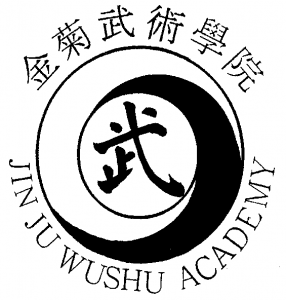History & Development
The original Taijiquan style was first developed by Chen Wang Ting in the Chen Village, Henan, during the late-Ming Dynasty. Chen mastered his family’s traditional wushu, and later incorporated elements from other wushu styles of his time. He laid the foundations of Taijiquan by also including the principles of Taiji, Taoist and medicinal theories.
During the Qing Dynasty, Taijiquan was introduced into the capital city of Beijing by Yang Lu Chan. Yang was acknowledged as superior by his peers, and taught Taijiquan to government officials and later to the royal family. Due to all these factors, Taijiquan quickly gained reputation. Since then Taijiquan has spread and diversified.
After the Second World War, the Chinese government began to promote Taijiquan to the public as a national health and sporting event. In 1956, the ’24 Simplified Form’ was created. This later formed the basis of the ’48 Simplified Form’ created in 1979.
In 2006, Taijiquan was further recognized for its significant values and was listed in China as a National Intangible Cultural Heritage.
